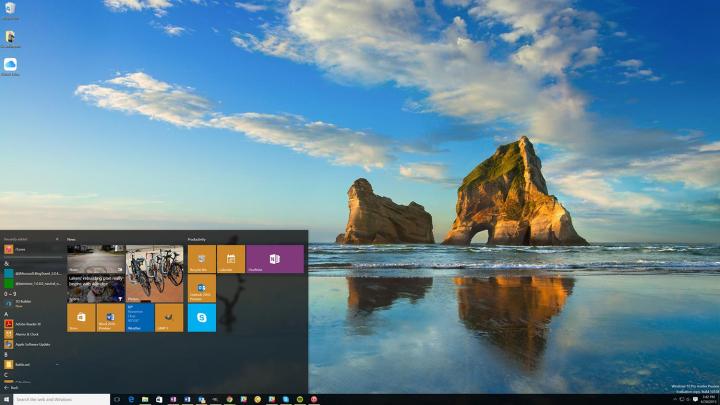
Dubbed “Faster Internet,” the adware was discovered by Bleeping Computer’s Lawrence Abrams. Once installed, it collects a wide range of data on the user without their permission or a notification and sends that data back to its server.
A lot of adware comes bundled with otherwise legitimate software, as a revenue source, but Abrams didn’t specify where or how he found Faster Internet.
When installed it takes a screenshot of your computer’s display at that moment, along with the time of installation. This presents a series of potential privacy violations.
As the user is not notified or warned, as Abrams pointed out, they could have a password manager open revealing account details or be reading some kind of personal document. It could just simply be a sensitive website or the user is in the middle of a Facebook chat with a friend or family member.
Abrams calls this a “serious cause for concern” as it is still unknown who is even behind Faster Internet, how much data they have collected, and where it has all ended up.
To make matters worse, the adware also takes a fingerprint of your computer’s specs, such as data on your motherboard, CPU, and hard drivers, and sends this back to the server as well, which has been identified as by the URL a.duofoldmortify.online/buploada.php. This sort of information can be used later to identify a specific computer, even if the adware has been uninstalled.
Abrams has discovered a lot of different forms of adware and has been “railing against adware for quite some time,” calling some kind of regulation over the practice. Most recently he found one particular case of adware that turned out to be a bitcoin miner that would only install on computers that didn’t have certain anti-virus programs installed.

